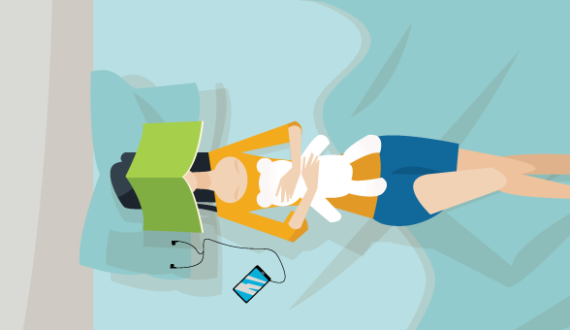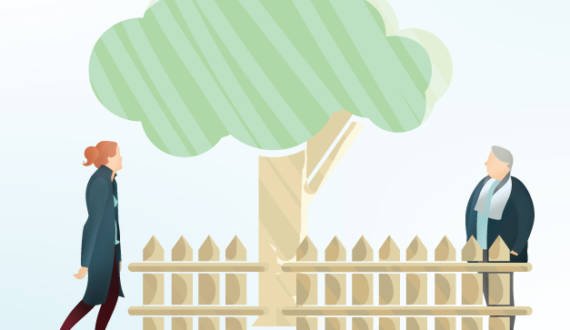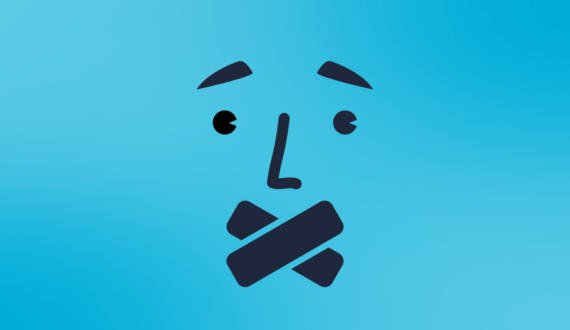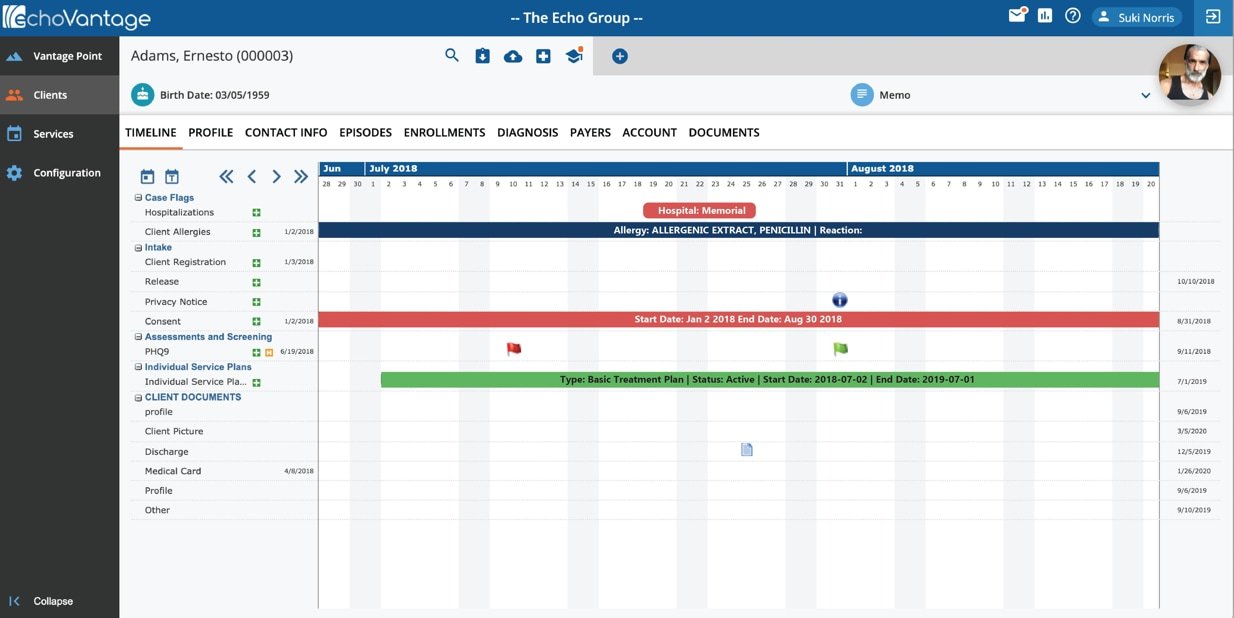Learning to Survive
When someone says COVID-19, we think about social distancing, health-related symptoms, cabin fever, and maintaining connections. One day it will be the thing we talk about as history, but even more than that, it will be the thing that lives on in our mind and our day-to-day. Right now, we can protect ourselves from the illness by wearing gloves, masks and by staying inside. But what happens when the gloves and masks are no longer necessary? Just because we can go outside without concern, does not mean that the experience is over. What’s left is the trauma of survival, and whether we consciously feel anxious or fearful, we are all susceptible to being impacted by this trauma.
When I think about what the future might look like, I remember back to other disasters I have experienced. I remember being afraid of every small rumble after the 1989 San Francisco earthquake, the fear of flying after 9/11, and the fear of sending my daughter to school after Sandy Hook. After the Cuban missile crisis, students practiced drop and cover. After the rash of school shootings, children practice active shooter drills. Now, what do we practice?
In a prior blog post, I talked of showing kindness and concern to the people you saw in the course of your day; going forward, that might not be enough. Parents, teachers, friends, behavioral health providers, medical providers all need to be cognizant of the fact that something as incidental as a sneeze might trigger trauma, and we need to learn how to support people suffering from that trauma when it occurs.
We need to understand the myriad of effects of the pandemic on the mental health of each of us. While many people will have less difficulty putting this memory behind them, many will experience trauma related to it. Things as simple as allergy season, passing by a person with a cold, and more complex, like having to work from home, will possibly trigger feelings of anxiety. We need to learn to address post-traumatic stress disorder (PTSD) that will arise in some “survivors.”
It is not enough to know the possibility of PTSD, but we need to develop the skills to address it. Teachers, employers, and medical professionals must learn to see the signs of PTSD and have tools to address the needs of the people with whom they interact, their students, employees, patients. Learning the skills to help the people that are living with PTSD is not a mild request; it is a critical need.
We can survive COVID-19, but we must also survive the days that follow that will require actions by all of us.



